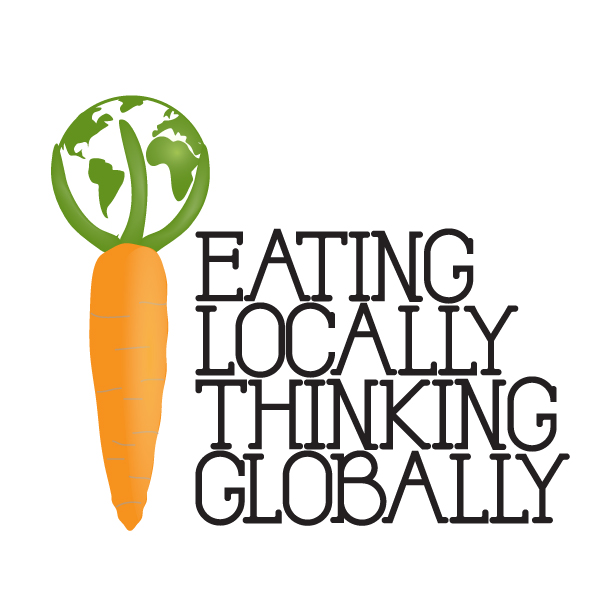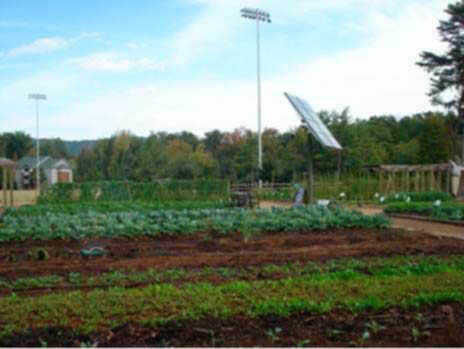Bridges to a Brighter Future has officially finished interviewing their applicants. A few weeks ago I got the chance to sit in on some of the interview sessions that were held at Furman University, and even participate by asking the students some questions.
The first thing I noticed when entering the interview room is how open and warm it seemed. The second thing I noticed was how sweet and happy all of the interviewers were. It immediately put me at ease, as I’m sure it did for all of the potential Bridge’s students.

As each eighth grader came, they looked so nervous. The room full of adults introduced themselves, each of them was so kind to each of the kids and took such an interest in each of the students’ lives. When I arrived at the interview Tobi Swartz and Casey Crisp who lead the program were present. There were also teachers who volunteer for Bridges, Furman staff, Bridges Alumni, and Bridges Counselors.
The students were nervous as they waited in the hallway to be called in to their interview. They were shown a video about the Bridges program and given some more information about it while they waited. The questions ranged from ordinary to in depth. Each student got a chance to tell the room about themselves, their likes and dislikes. They also asked the students about strengths, weaknesses, their family, and their friends. All of the questions seemed to reach at getting the students to open up more about themselves.
I witnessed so many students who lit up about their strengths, such as drama club, band, or a sport. I saw a lot of them talk about their families with pride and happiness. Many talked about the struggles in their lives and all of the wonderful things they had heard that Bridges could offer to them.
As each student filtered out of the room a discussion, in which everyone talked about how they would fit in to the program, ensued. Every student that came in had some sort of need for the program and also had his or her own unique personality to offer to it. More often then not, the discussion really tried to focus on how the student would fit in with in a class and the program as a whole. The need that the student had for the program was also extremely important to the team.

Overall, the experience was wonderful and I was so impressed by each one of the students that I met. I have no idea how the Bridges team ever narrows it down to twenty-five with so many promising young students.
Check out this audio slideshow!










